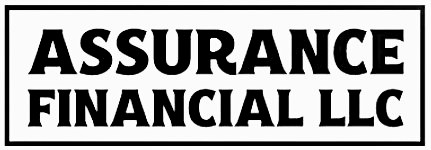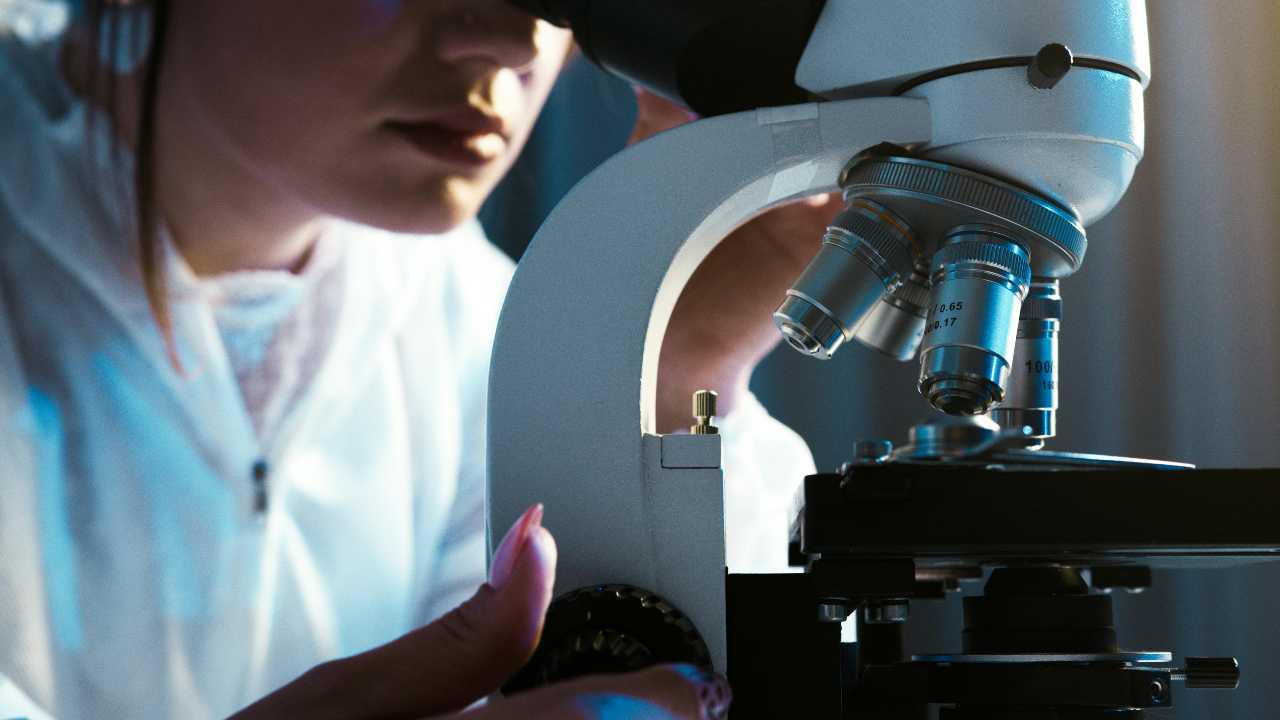As a business owner in Texas, you may be familiar with the concept of a professional limited liability company (PLLC). A PLLC is a type of LLC that is specifically designed for professionals, such as lawyers, doctors, and accountants, who want to take advantage of the liability protection provided by an LLC while still maintaining their professional licenses. It is important to note that operating as a PLLC, like the LLC, does not provide complete immunity from liability. This was demonstrated in the case of Bloodworth v. Aden, No. 01-05-00796-CV (Tex. App.–Houston [1st Dis.] 2007). Facts & Procedural History In…
Articles
About the Texas Registered Series LLC
Many people may be wondering what a registered series limited liability company (LLC) is and when it would be used, as Texas law does not currently require registration of a series LLC. A registered series is a type of series within a Texas series LLC that is created by filing a certificate of formation with the Texas Secretary of State and specifying the creation of one or more series within the LLC. Series LLCs that do not “register” like this are now referred to as “protected series.” Some businesses may find that a registered series offers certain advantages, such as…
Corporate By-Laws & the Forum Selection Clause
It is important for shareholders to carefully review and understand the terms of their corporate By-laws, including any forum selection clauses that may be included in the corporate By-laws. These clauses can have significant implications in the event of a dispute, as they determine where any legal proceedings will take place. A broadly worded forum selection clause can provide some protection against nuisance litigation. The recent Logicorp Mex. SA de CV v. Andrade, No. 13-21-00243-CV (Tex. App. Dec. 1, 2022) provides an example of how a party can include a broad forum selection clause in their corporate By-laws prior to…
Can HOAs Ban “Short-Term Rentals” in Texas?
Neighbors are often not happy with short term rentals in their neighborhoods. Even if the guests are quiet and respectful of the neighborhood setting, just the volume of unknown individuals in the neighboorhood can be unsettling. But investors have rights. They have the right to rent their property to whomever they want. This neighbor vs. investor tension often ends up in disputes in and with the home owners association (“HOA”). In some cases, HOAs go so far as to try to ban short term rentals. But can they do that? The answer gets into deed restrictions and the HOA’s powers.…
Can Fashion Design Qualify for the Research Tax Credit?
Fashion businesses regularly face design challenges when creating new garments. This can involve highly innovative designs and even innovative manufacturing processes. Fashion designers have aesthetic design challenges, like determining the right fabric properties for the design, solving construction problems like proper draping and fit, addressing fabric shrinkage and colorfastness issues, ensuring proper thread selection and seam strength, and adapting standard patterns for different body types. They also have functional design requirements which often include conducting testing to ensure garments perform as intended in real-world conditions, providing adequate range of motion for various physical activities, and maintaining structural integrity and durability…
IRS Cannot Deny Facts for Research Credit Claim After Audit
Many businesses attempting to claim research tax credits find themselves navigating complex documentation requirements. No matter what documentation is provided, the IRS is not likely to accept it. The IRS will always ask for more. But what happens when a taxpayer undergoes an extensive IRS audit of their research credit claim? Can the IRS later assert that the original filing was not detailed enough and prevent the taxpayer from having their day in court on the credits? The recent case of Harper v. United States, 847 Fed.Appx. 408 (9th Cir. 2021), addresses this question by examining whether the IRS waived…
When “Substantially All” Means Nothing at All
Many businesses engaged in innovation seek to recoup their research and development costs through the research tax credit. This tax benefit can significantly reduce a business’s tax liability. The calculation for the credit is complex. As a general rule of thumb, the amount of the credit usually ends up being about eight percent of the qualified expenses that are used to compete the credit. So a business that spends $100,000 a year in qualified expenses, may end up with a 8,000 tax credit. There are a number of hurdles to get this tax benefit. The recent Little Sandy Coal Company,…
When Does a Taxpayer Retain “Substantial Rights” in Research for Research Credit Purposes?
Business owners who design products or processes may qualify for the research tax credit. This tax credit provides a real economic incentive as it can significantly reduce tax liability for companies investing in innovation. But what happens when the research is conducted under contract with another business? Who gets the credit–the business funding the research or the one performing it? This question turns on whether the research is considered “funded research” under Section 41(d)(4)(H). A key factor in this is whether the party performing the research retains “substantial rights” in the research it conducts. If it doesn’t, the research is…
The Fixed-Base Percentage Documentation Dilemma: Unearthing 1980s Research Records
Businesses claiming the research tax credit face a documentation challenge: documenting their research activities from nearly four decades ago. The fixed-base percentage is part of the calcuaiton. It equires companies to access financial records from 1984 through 1988, a period when many businesses used paper filing systems and floppy disks. This requirement creates numerous practical difficulties that can significantly impact a company’s tax benefits. The recent Sixth Circuit decision in Audio Technica U.S., Inc. v. United States, 963 F.3d 569 (6th Cir. 2020), explains these challenges and provides guidance on how courts view documentation issues in research credit disputes. Facts…
When Fixed-Price Architecture Contracts Qualify for Research Credits
Architectural firms design complex structures, such as stadiums, academic buildings, and commercial structures. This work typically require extensive research into materials, structural systems, and innovative design solutions. This type of design work can qualify for the research tax credit. One nuance is the contract or funding mechanism that pays for the design work. Architectural firms enter fixed-price contracts for this work. This begs the question, can this type of work that is paid for via a fixed-price contract qualify? The tax court’s decision in Populous Holdings, Inc. v. Commissioner, 2019 WL 13032526 (T.C. 2019), provides guidance on this exact issue.…











